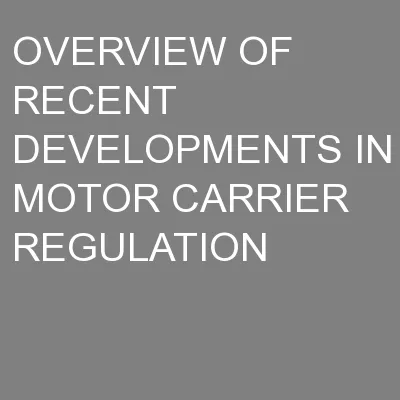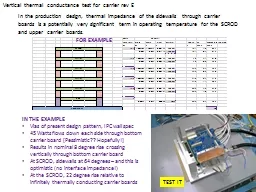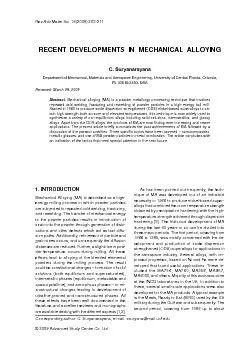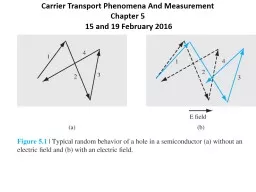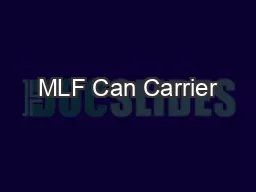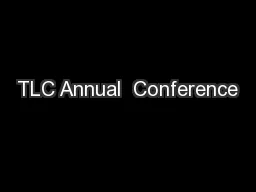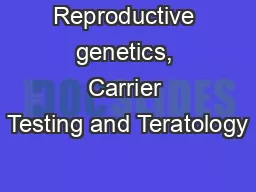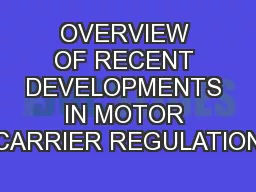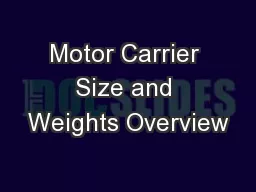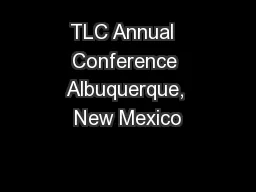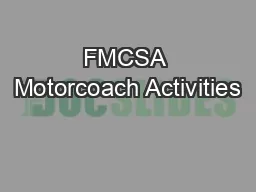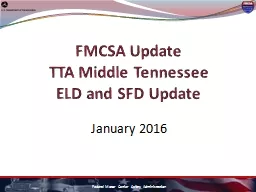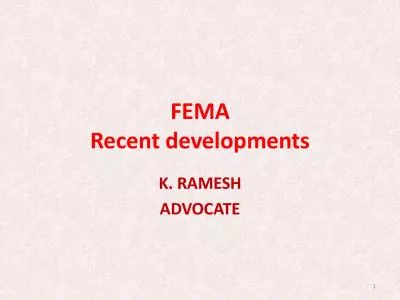PPT-OVERVIEW OF RECENT DEVELOPMENTS IN MOTOR CARRIER REGULATION
Author : pamella-moone | Published Date : 2016-08-07
A PEEK INTO THE FUTURE TRANSPORTATION amp LOGISTICS COUNCIL 2013 Annual Conference April 22 2013 San Diego California History of Electronic OnBoard Recorders 1985
Presentation Embed Code
Download Presentation
Download Presentation The PPT/PDF document "OVERVIEW OF RECENT DEVELOPMENTS IN MOTOR..." is the property of its rightful owner. Permission is granted to download and print the materials on this website for personal, non-commercial use only, and to display it on your personal computer provided you do not modify the materials and that you retain all copyright notices contained in the materials. By downloading content from our website, you accept the terms of this agreement.
OVERVIEW OF RECENT DEVELOPMENTS IN MOTOR CARRIER REGULATION: Transcript
Download Rules Of Document
"OVERVIEW OF RECENT DEVELOPMENTS IN MOTOR CARRIER REGULATION"The content belongs to its owner. You may download and print it for personal use, without modification, and keep all copyright notices. By downloading, you agree to these terms.
Related Documents

